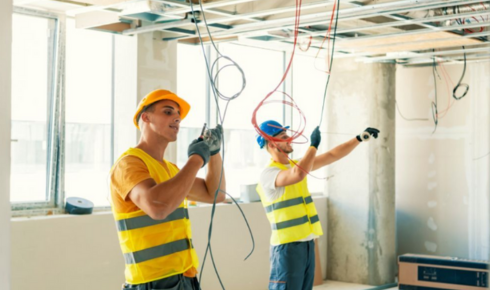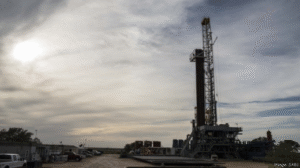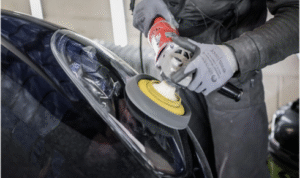
building wire
The foundation of every structure isn’t just in concrete and steel—it’s in the electrical systems running behind the walls. As modern buildings become more advanced, the importance of high-quality materials increases. Among the most vital components ensuring both safety and performance is building wire. It connects everything, powering spaces while also protecting people. Ignoring its role can lead to costly failures or dangerous accidents. Let’s explore how choosing the right wire can make all the difference.
Understanding the Core of Electrical Safety
Safety in any building starts with intentional planning and quality control. This includes not just design and construction but also the selection of internal systems. Electrical wiring is a hidden but vital system, often only noticed when it fails. Using durable, well-insulated wire reduces the risks of shorts, sparks, and even fire. The right choices made early in a project create a ripple effect of safety, functionality, and long-term savings.
Choosing the Right Building Wire for Longevity and Safety
Building wire refers to the conductors and insulation materials used to distribute electricity throughout a structure. This wire must meet rigorous industry standards to safely carry current without overheating or degrading. Different applications require different wire types—copper or aluminum, solid or stranded, each with unique advantages.
Using certified building wire ensures consistent quality, strength, and insulation. In the end, high-quality building wire minimizes fire hazards, supports stable power delivery, and enhances overall building resilience.
Installation Techniques That Maximize Wire Efficiency
Even the best wire can underperform if installed improperly. A clean, planned layout minimizes interference and heat buildup. Sharp bends, overcrowded conduits, or loose fittings may lead to premature wear. Electricians must follow best practices, keeping wire paths accessible and well-organized.
Securing building wire during installation also prevents strain and vibration that can cause internal breaks. Good installation goes hand in hand with good material. When both align, the result is a safe, high-functioning system that stands the test of time.
Preventing Hazards Through Inspection and Maintenance
Over time, even quality wires can suffer damage from pests, moisture, or mechanical impacts. That’s why regular inspections matter. Look for signs of wear like discoloration, cracking, or unusual heat. Testing systems periodically also helps detect hidden faults before they cause major issues.
Maintenance becomes easier when durable building wire has been used from the start. Quality insulation resists cracking, while strong internal conductors hold up under pressure. These advantages extend the life of a system and reduce the need for costly emergency repairs.
Building a Safer Future with Smarter Material Choices
The trend toward smarter, more sustainable buildings means more reliance on robust electrical infrastructure. Automation systems, backup power supplies, and energy-efficient lighting all demand reliable wiring. Investing in top-grade materials now prepares a building for future technology, while also keeping its occupants safe.
In a world where safety and efficiency go hand in hand, building wire plays a central role. It’s not just about power—it’s about protection, peace of mind, and performance over time.
Conclusion
Choosing high-quality building wire is one of the smartest safety decisions a contractor or property owner can make. It ensures stable, long-lasting performance and guards against electrical risks. Combined with expert installation and ongoing maintenance, it forms the backbone of a secure and reliable system. In every corner of a home, office, or factory, dependable wire silently powers progress—and keeps everyone safer because of it.





